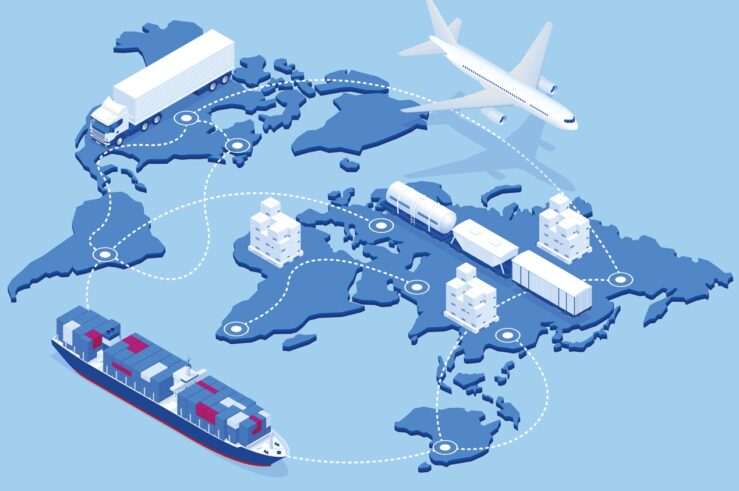His short post is here. The theme is, in essence, Bastiat’s “What is Seen and What is Not Seen.” Government (and, oh, I don’t know . . . antitrust regulators in particular) thrive on the unseen–as Marc puts it, on the unfortunate reality that “invisible opportunity costs stay[] that way.”Â
As I argued at some length in one or more of my posts on the Whole Foods/Wild Oats merger (the hearing starts (started) today, by the way. Anyone have any scoop?), sometimes, much as we might like to act, much as we might like the government to act, we shouldn’t and it shouldn’t. Sometimes the costs outweigh the benefits. More important, sometimes we don’t know enough to act. We don’t know enough about the costs or the benefits to be sure that the one outweighs the other. Often, it is those unseen, unintended, unanticipated (or, even worse, intentionally ignored) costs that render action ill-advised (to put it mildly). Blocked mergers, Sarbanes-Oxley, CAFE standards, smoking bans and an almost unimaginable range of other actions fall into this unfortunate category. Coase (as usual) said it best:
There is, of course, a further alternative, which is to do nothing about the problem at all [because] the costs involved in solving the problem by regulations . . . will often be heavy [and] it will no doubt be commonly the case that the gain which would come from regulating the actions which give rise to the harmful effects will be less than the costs involved in government regulation.
All solutions have costs and there is no reason to suppose that government regulation is called for simply because the problem is not well handled by the market or the firm.Â
Too much regulation, especially antitrust regulation, takes place without a proper error cost analysis. If we might get it wrong, and the cost of getting it wrong weighted by the probability that we’re wrong is larger than the benefit weighted by the probability that we’re right, we shouldn’t act. This means we need to pay more attention than we do to assessing the probability of error and the costs of error. Which in itself is difficult where the costs are uncertain and unintended. But it is irresponsible to act in the absence of this calculus (particularly when you add in the direct costs of action). It is such an important–and poorly learned–lesson.




